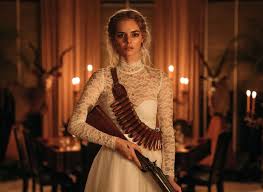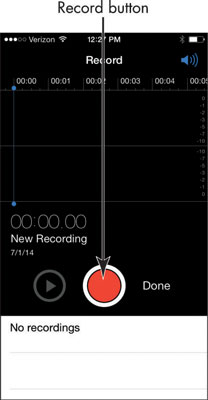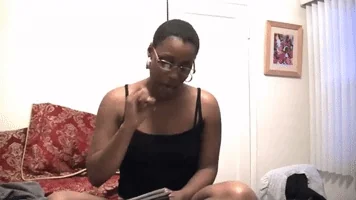A film that would be similar to mine would be
Ready or Not (2019), a movie that makes typical wedding disasters look like a blessing. The film was directed by Matt Bettinelli-Olpin and Tyler Gillet.
Ready or Not stood out in the horror comedy genre due to its ability to make a child's game terrifying and its new take on the "final girl" horror trope. This game of hide and go seek quickly turns deadly for the film's protagonist Grace (Samara Weaving), who is the wife of Alex Le-Domas (Mark O'Brien). The hunters of the game are the filthy rich family members of the Le-Domas clan, that may or may not have an ode to the devil himself for their everlasting wealth.
The target audience of this film is a wide age group of middle class adults, the film contains
some drug use, foul language, and gory images making it earn a R rating from the MPA.
Ready or Not was produced by Mythology Entertainment/Vinson Films, and was shot for 26 days (October 2018-November 2018) in locations such as the Casa Loma, Claireville Conservation Area, and the Parkwood Estate in Toronto, Ontario and Oshawa, Ontario. The budget for this project was about $6 million USD, which the distribution company (Fox Searchlight Pictures) received as part of a $71.3 billion deal which involved Disney buying 20th Century Fox.
Ready or Not had its world premiere at the Fantasia International Film Festival on July 27, 2019, and was released in theaters on August 21, 2019. The film ended up grossing about $57 million USD off of its low budget.

The marketing strategy for this film relied heavily on the visual of Grace being armed with shotgun as she wore a delicate white wedding dress. By arming Grace and showing her will to fight back throughout the film's campaigning, Grace becomes a representative of the final woman, a woman who fights back instead of being a helpless victim (the usual final girl). This type of character received much praise from audiences who wanted women to be more portrayed more in film than a damsel in distress. The film also becomes a politically symbolic tale of the poor vs. the rich, as the Le-Domas family strongly feels Grace doesn't belong with "their kind" because she grew up poor and was a foster child. Grace's rough upbringing and economic status makes her character appeal to the average American, as she is more relatable.

Aside from the posters and the trailers, the cast of Ready or Not including Samara Weaver and co-star Andie MacDowell conducted multiple interviews and starred on a variety of talk shows to promote the film. The movie premiere was also a hit among its guests, as it mimicked the look of the movie through its creepy waitresses and props such as boxes from the games created by the Le-Domas family. The premiere established the brand of the film through its dark and detailed decorations.
Sources:
Wilkinson, Alissa. “Ready or Not Is a Dark Horror Comedy with the Obliviously Rich in Its Crosshairs.” Vox, Vox, 21 Aug. 2019, www.vox.com/culture/2019/8/21/20807664/ready-or-not-review.
Thompson, Simon. “Inside $6 Million Horror Comedy 'Ready Or Not': Bricks, Blumhouse And Box Office.” Forbes, Forbes Magazine, 24 Aug. 2019, www.forbes.com/sites/simonthompson/2019/08/23/inside-6-million-horror-comedy-ready-or-not-bricks-blumhouse-and-box-office/#72bb0c993c94.














